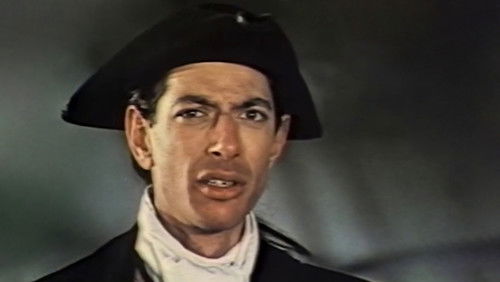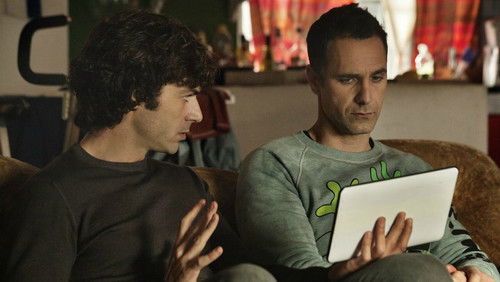Pläsier (1952)
8KPläsier: Directed by Max Ophüls. With Claude Dauphin, Gaby Morlay, Madeleine Renaud, Ginette Leclerc. Three separate stories about the same thing: le plaisir (pleasure).
“Is it possible to take one of the best tales in French literature and make a film even better out of it? Yes, it is. The tale is Maupassantu0026#39;s u0026quot;La maison Tellieru0026quot;, the film-maker is Max Ophuls, the film is u0026quot;Le Plaisiru0026quot;. In fact, the movie is divided into three episodes, corresponding to three Maupassantu0026#39;s tales. In the two short introducing and final stories we actually find the bitter, acid, misanthropical sarcasm typical of Maupassantu0026#39;s style, though softened by Ophulsu0026#39; sympathy for human unhappiness. u003cbr/u003eu003cbr/u003eWhat really stuns the viewer is the central episode, the sumptuous narration of u0026quot;La maison Tellieru0026quot;. The story is the same in the book and in the film. A bunch of prostitutes from u0026quot;La maison Tellieru0026quot;, the brothel of a French province town, takes a day off to go to a First Communion celebration in the countryside. But what a difference of mood. The fact is that Maupassant detested and despised people, while Ophuls manifestly loves them and is always ready to forgive their faults and pettiness. Therefore the writeru0026#39;s aggressive satire is replaced by the directoru0026#39;s gentle sense of humor. The brothel is closed, and we shortly realize that the balance of the town, the whole social order is upset. Some sailors start a brawl, and that looks rather expectable. But even peaceful middle-class respectable citizens, long-time friends, begin to quarrel bitterly. u0026quot;La maison Tellieru0026quot; is the key of social stability!u003cbr/u003eu003cbr/u003eThen the church-scene, a perfect blend of sweet fun and profound human feeling. Overwhelmed by the intense emotion of the First Communion Mass, the prostitutes burst in tears, and they carry all the villagers with them. I guess to have noticed a delightful nuance by Ophuls. The u0026quot;beautiful Jewish girlu0026quot; whom, according to the director (a Jewish himself), no brothel can afford to miss (!), at first tries to restrain herself. Sheu0026#39;s not Christian, sheu0026#39;s not supposed to be moved! But, of course, she soon starts to weep… Great emotion, great art! And the women merged in the high grass, picking flowers… itu0026#39;s late, they risk to miss their train… but no! Itu0026#39;s so a gorgeous day, letu0026#39;s go and pick some flowers! How poetic, how beautiful… what a fantastic scene! Needless to say, as soon as the women are back, peace, order, friendship are restored in the town.u003cbr/u003eu003cbr/u003eThe above comments can give a partial idea of the directoru0026#39;s extraordinary treatment of the story. But itu0026#39;s important to remark that just the visual beauties and the camera work by the genius Ophuls are largely enough to place u0026quot;Le plaisiru0026quot; among the best works in the history of cinema. Let me just mention the first scene, when we peep inside the brothel together with the outside eye of the camera, which jumps from a window to another like a little bird. That is the most brilliant cinematic idea I can remember. A perfect film forces a perfect job by the cast. And in fact the acting is magnificent.u003cbr/u003eu003cbr/u003eu0026quot;Le plaisiru0026quot; is a profound study of human beings, of their joys and sorrows, an instance of superlative good taste in treating a risky theme, a triumph of clever cinematic technique. A peak of the art of cinema.”









